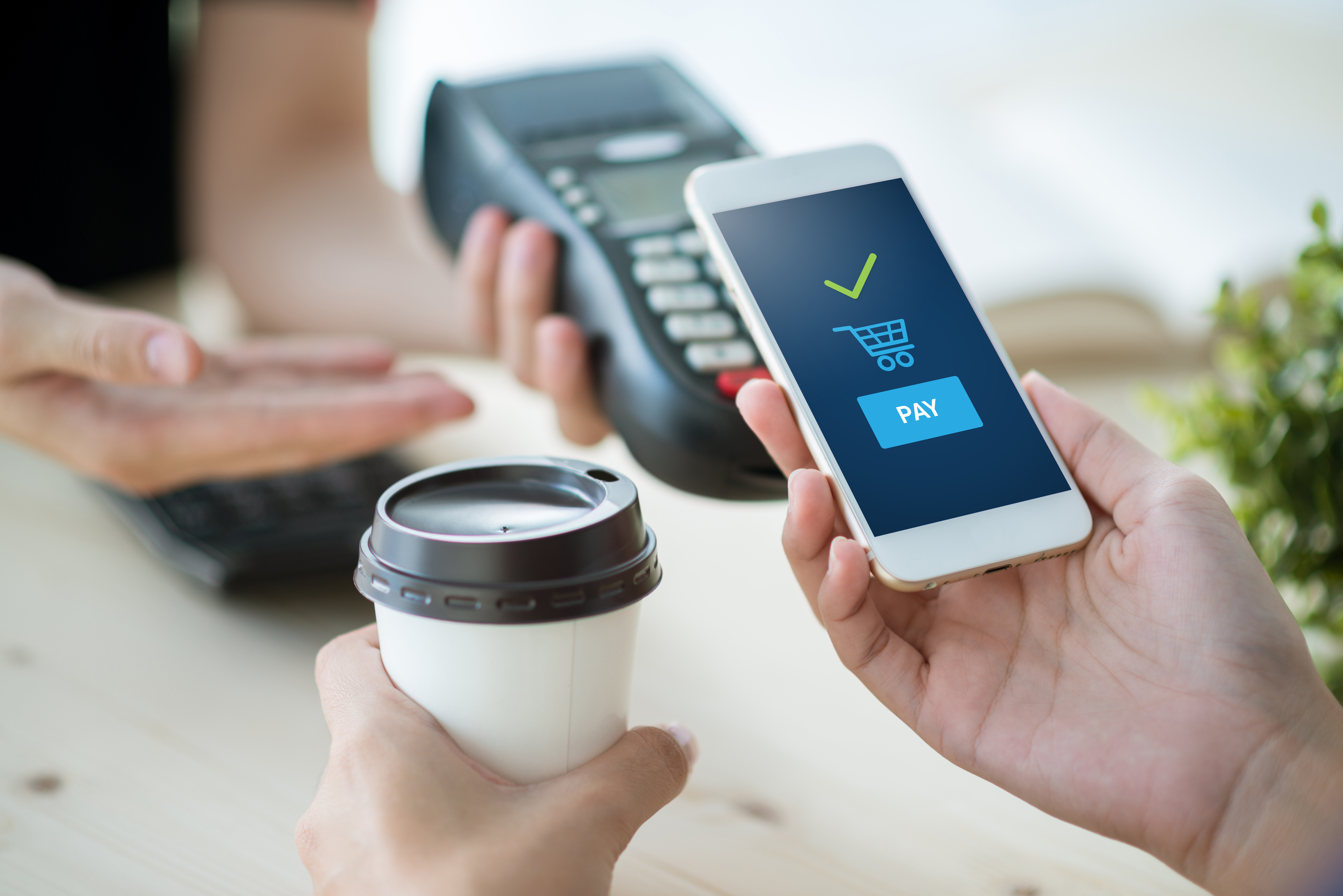Despite popular belief, the use of contactless cards will not trigger widespread adoption of mobile payments, according to new research.
Instead of easing consumers into the habit of paying for things with their mobile devices, the New York-based research firm, Auriemma Consulting Group, reported that contactless cards may not actually attract new mobile payment users.
They believe this may be the case because contactless cards combine purchasing with both the new and the familiar. Consumers are already used to pulling out their credit or debit cards and inserting them in card machines. Contactless cards are an extension of that. Instead of this scenario, consumers tap the cards to pay.
Consumers Have Their Preferences and Concerns
Adoption of mobile payments has been way behind contactless cards, although both use the same near-field communication (NFC) technology, according to Auriemma’s most recent Mobile Payment Tracker. Mobile payments were rolled out more than three years ago, yet only one-third of those eligible use them. Meanwhile, 59% of contactless cardholders have tapped and paid with contactless cards.
For the tracker, the firm surveyed more than 2,000 consumers in January and February who were eligible to use Apple Pay, Google Pay, or Samsung Pay. Though participants were “enthusiastic” contactless connectivity, only 18% of these consumers said contactless cards were a step up from mobile wallets.
Contactless cards not only provide shoppers with more natural experience, but 55% of survey respondents who use mobile wallets agree that contactless-card transactions are faster.
Other Factors that Hinder Full-Scale Adoption
Though issuers have quickly been pushing out contactless cards that meet new NFC standards over the last several months, the movement was quite slow before this. The contactless card payment system being implemented by New York City’s mass transit system was the impetus for issuers, like JPMorgan Chase & Co., began to pick up the pace in rolling out contactless cards. By the end of the year, Visa expects to have about 100 million contactless cards, issued by JP Morgan, in circulation.
These cards are unique because they have dual interfaces, which mean shoppers can either tap or insert the cards into readers to pay. This is helpful as many businesses continue to work on installing new POS terminals that can accept contactless payment methods.
Rewards and Incentives May be the Real Game-Changer
One thing that may trigger more extensive adoption of mobile payments is if consumers earned rewards and incentives like shoppers do with other cards. The payments world will learn if that really matters after Apple Card debuts this summer.
Apple Card, which is being issued by Goldman Sachs Group Inc., is offering incentives to promote the use of its digital wallet, Apple Pay. The card plans to offer 2% cash back on all purchases except those directly from Apple, which will earn users 3% cash back. Cardholders only earn 1% when they use plastic versions.
If this works well for Apple, this may be the motivator that consumers need.
In Conclusion
There are many exciting innovations and unknowns floating in the payment sphere when it comes to contactless card and mobile payments. Watching how payments involve following the release of Apple Card and the completed rollout of the payment system in New York will be very telling. By then, people will be able to determine what the real future holds.


